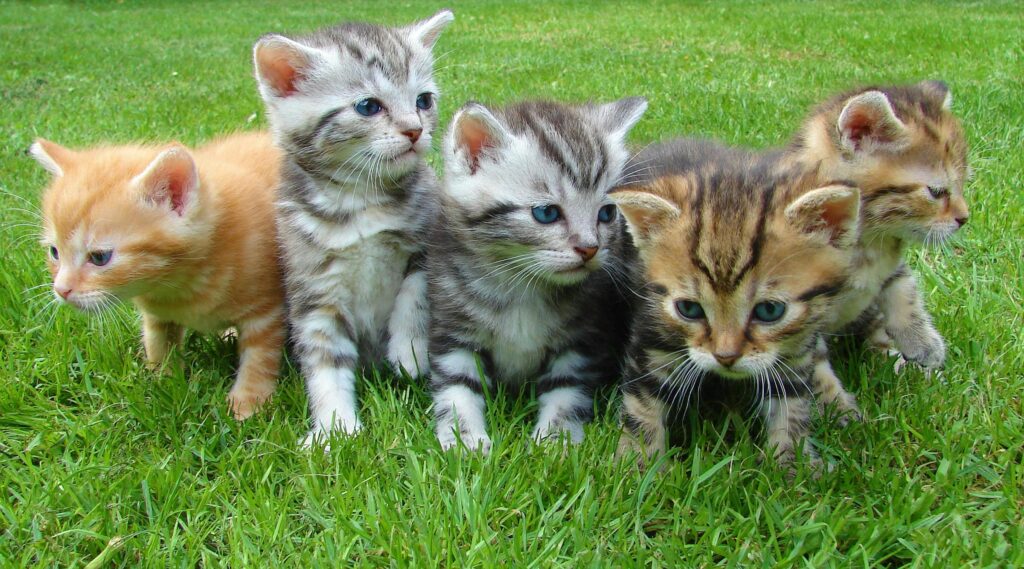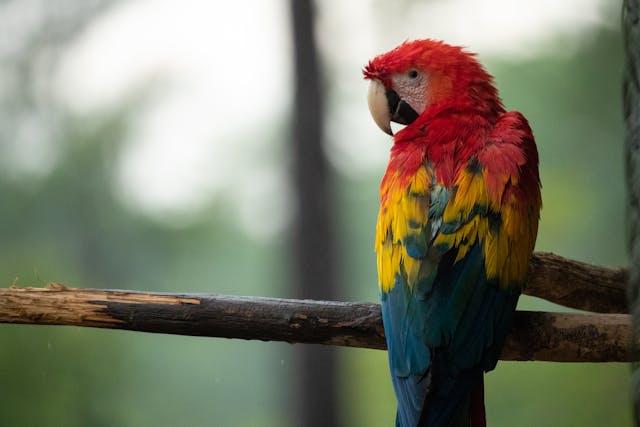Among the most common pets in the world, cats lives enthrall people with their grace, independence, and distinct personalities. Although most people relate cats to comfortable houses and cities, their habitats can be rather varied. From home living rooms to wild jungles, cats have evolved to fit a range of surroundings. The several locations where cats dwell will be discussed in this blog article, together with their adaptability and the particular needs of different cat breeds and types.
Domestic Cats: Warm Friends Indoor surroundings
Outdoor Access
Urban and rural settings
Feral Cats: Urban Survivors
Urban settings
Rural settings
Survival techniques and challenges
Wild Cats: Nature’s Hunter
Lions, tigers, leopards, and more big cats
Little wild cats: Bobcats, servals, and more
Habitats: Mountains, deserts, grasslands, and forests
Hunting and eating patterns
Social systems and territory
Shelter and nesting
Adaptations and behavior
For thousands of years, people have been captivated by the amazing animals known as cats—domesticated and wild. Although most people consider them to be domestic pets, their habitats could span the cosiness of our houses to the untamed areas of rainforests and savannas. This comprehensive guide will explore the several habitats where cats live, therefore clarifying their adaptation and the special qualities that help them to flourish in such different surroundings.
Domestic Cats: Comforts
The most often encountered kind of feline are domestic cats, sometimes called house cats. For millennia, they have been friends to people, adjusting perfectly for life indoors and in many urban and rural settings.
Ind indoor surroundings
Many domestic cats spend most of their time indoors, where they appreciate a regulated environment with consistent food, cover, and attention. Though some may be limited to particular rooms, these cats typically have territory that spans the whole house. Because indoor cats run less risk of accidents, diseases, and predators, they typically have longer lifespans.

Outdoor Access:
Some cat owners let their animals outside so they may follow their natural impulses and still have the conveniences of home. Outdoor cats might prowl backyards, gardens, or adjacent parks. Vaccines, frequent visits, and awareness of possible threats like traffic and other animals help to guarantee the safety of the cats in this way-of living.
Rural and Urban Context
Both urban and rural settings abound with domestic cats. In cities, they might occupy homes with gardens or apartment buildings with restricted outside access. Rural cats may help manage rodent numbers in barns and fields and have greater room to prowl. Whichever the environment, domestic cats depend on their humans for food, cover, and medical attention.
Feral Cats: Urban Resilient
Domestic cats that have gone wild are known as feral cats. Living apart from human care, they create colonies found in many surroundings.
urban areas
Feral cats sometimes live in parks, alleys, and abandoned buildings in cities. To survive, they hunt and scavenge small creatures such birds and rats. Among the many difficulties urban feral cats must overcome are locating stable food sources, avoiding predators, and negotiating manmade obstacles.
Urban Areas
Rural environments abound with feral cats in fields, barns, and farms. Although they are quite important in regulating rodent numbers, they also have to contend with severe weather and bigger predators. Because their prey is more readily available and there is less rivalry with other species, rural wild cats may have a somewhat higher chance of survival.
Survive Strategies and Challenges
Feral cats have evolved several means of survival in the wild. Excellent hunters, they can capture insects, birds, and small mammals. Often with intricate social structures, feral cat colonies feature dominant individuals setting territories and hierarchies. These cats are also skilled in seeking cover in obscure or difficult-to-reach locations, like under buildings, among thick vegetation, or in abandoned buildings.

Wild Cats: Hunters in Nature
From the enormous African savanna lions to the secretive leopards of the Asian forests, wild cats cover a vast spectrum of species. These cats have evolved to fit a range of environments, each with particular opportunities and difficulties.
Lions, Tigers, Leopards, and More:
Big Cats Among the most identifiable and amazing animals on Earth are big cats. They comprise species like jaguars, lions, tigers, and leopards.
Every one of these large cats calls for a different habitat:
Mostly living in African savannas and grasslands, lions create social groups known as prides. These places offer lots of prey—including antelopes and zebras—as well as open hunting ground.From the frigid, temperate forests of Siberia to the deep jungles of India and Southeast Asia, tigers occupy a variety of environments. Single hunters, they ambush victims using their power and stealth.
Living in a range of settings, including forests, mountains, and savannas, leopards are remarkably flexible. Their capacity to climb trees lets them prey from above and flee predators. Jaguars live in South-east and Central America’s rainforests. Often hunting in and around water sources, they are strong swimmers who feed on fish, caimans, and capybaras.
Bobcats, Servals, and More Small Wild Cats
Little wild cats are equally interesting and varied. Among them are species including bobcats, servals, and caracals.
These kitties live in several environments: Native to North America, Bobcats may be found in swamps, deserts, and woods. With their unique short tails and tufted ears, these solitary, fiercely territorial animals are quite identifiable. Africa’s grasslands and wetlands are home to servals Long legs and big ears let them to find and seize prey in tall grasses.
Caracals live in Africa’s savannas, deserts, and scrublands as well as in the Middle East. They are renowned for their quickness and mid-air bird catching prowess.
Forests, grasslands, mountains, and deserts are among *habitats*. Wild cats have evolved to fit a great spectrum of habitats.
Every ecosystem offers particular difficulties and calls for particular survival strategies:
Dense greenery covers stalking prey, but it also forces cats to be agile climbers and adept in negotiating undergrowth.
Grasslands: Open areas provide little cover to conceal, hence hunting becomes difficult. Cats in these surroundings depend on agility and silence.
Mountains: Rugged terrain calls for sure-footedness and strength. Thicker fur helps mountain-dwelling cats survive colder conditions.
Extreme temperatures and limited water supplies call for highly robust and effective hunting and water conservation techniques from cats.

Behaviour and Adaptations
Domestically as well as wild, cats show a variety of adaptations and behaviours that help them to survive in their particular habitats.
Feeding and Hunting Practices
Carnivorous hunters, cats rely on their sharp senses and physical strength to apprehend prey. Many times stalking and pouncing on toys or small animals, domestic cats nevertheless have hunting instincts. Specialised hunting methods appropriate for their environments are displayed by wild cats; examples of these are the solo ambushes of tigers or coordinated group hunts of lions.
Social Structures and Territories
Different species of cats exhibit somewhat different social behaviour. Depending on their upbringing and surroundings, domestic cats might be lonely or gregarious. Often forming colonies with sophisticated social systems, feral cats are While some big cats—like tigers and leopards—are solitary, others, including lions, live in prides. Common in cats, territoriality is marked by individuals scent-marking and vocalising their territories.


Shelters and nesting
Cats rear their kittens, hide to relax, and shield themselves from bad weather and predators. Domestic cats might hide in cardboard boxes or curl up in nice beds. Natural and man-made structures include abandoned buildings, hollow trees, and caves provide cover for feral and wild cats. Female cats raising kittens show especially clear nesting behaviour; they will find safe, secret sites to deliver their offspring and tend to them.
Summary
Remarkably flexible animals, cats can live in a variety of settings. Their habitats range as much as their behaviours and adaptations, from the comfort of our houses to the untamed stretches of nature. Knowing where cats live enables us to value their resiliency and special qualities that define them as such interesting animals. With their remarkable skills and mysterious appeal, cats still captivate and inspire us whether they are our cherished friends or the magnificent predators of the wild.



